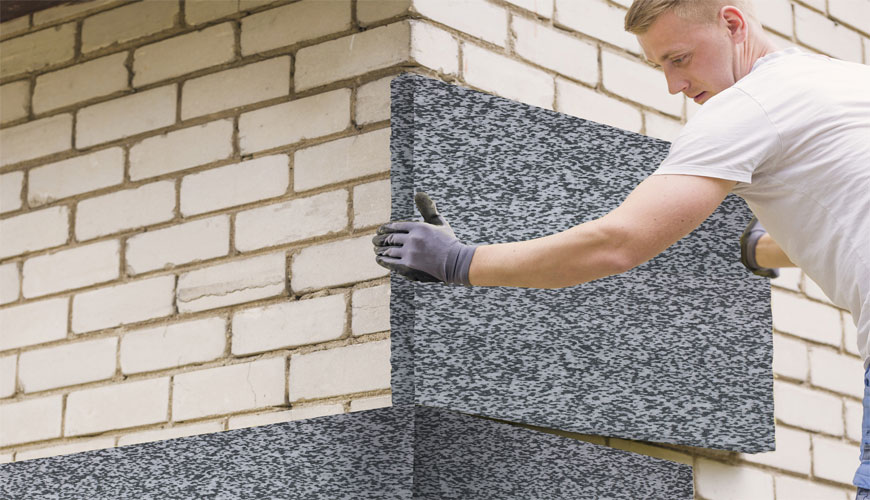

In the TS 825 standard published by the Turkish Standards Institute (TSE), the rules for calculating the net heating energy needs in buildings and the principles for determining the maximum allowed heating energy loss values in buildings are explained.

Other alternative methods, defined as simple (hourly), monthly (seasonal) and dynamic simulation, for calculating the energy needs required for heating and cooling of buildings are defined in the following international standard: ISO 13790 Energy performance of buildings - Calculation of energy use for space heating and cooling.
In general, indoor environments are expected to be very cool in hot regions, while a warmer environment is desired indoors in cold regions. However, heat transfer occurs from warmer regions to colder regions. This leads to heat loss. In order to overcome this loss in buildings, thermal insulation is provided in order to maintain the required temperature inside the building. The purpose of thermal insulation is to minimize the heat transfer between the interior and exterior of the building.
A few standards taken into account when designing the TS 825 standard are:
Heat transfer occurs mainly due to conduction through solid building materials. This heat transfer depends on the conductivity of the intervening materials, the temperature difference between the two surfaces, the thickness of the material, the area of the exposed material, and the time the heat flow takes place. The main purpose of thermal insulation is to maintain a constant heat or temperature inside the building.
Among the numerous test, measurement, analysis and evaluation studies it provides for businesses in various sectors, our organization also provides testing services to determine the thermal insulation in buildings, within the scope of TS 825 standard, with its trained and expert staff and advanced technological equipment.
To get an appointment, to get more detailed information or to request an evaluation, you can ask us to fill in our form and reach you.